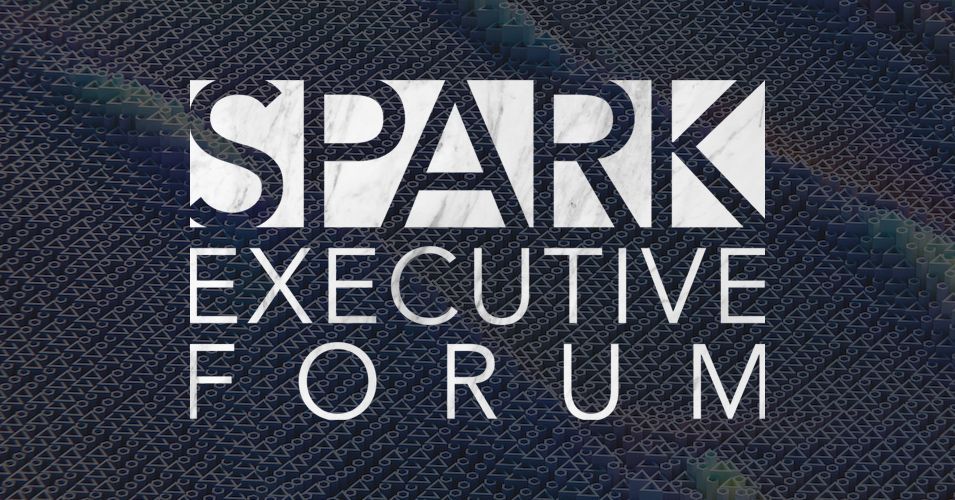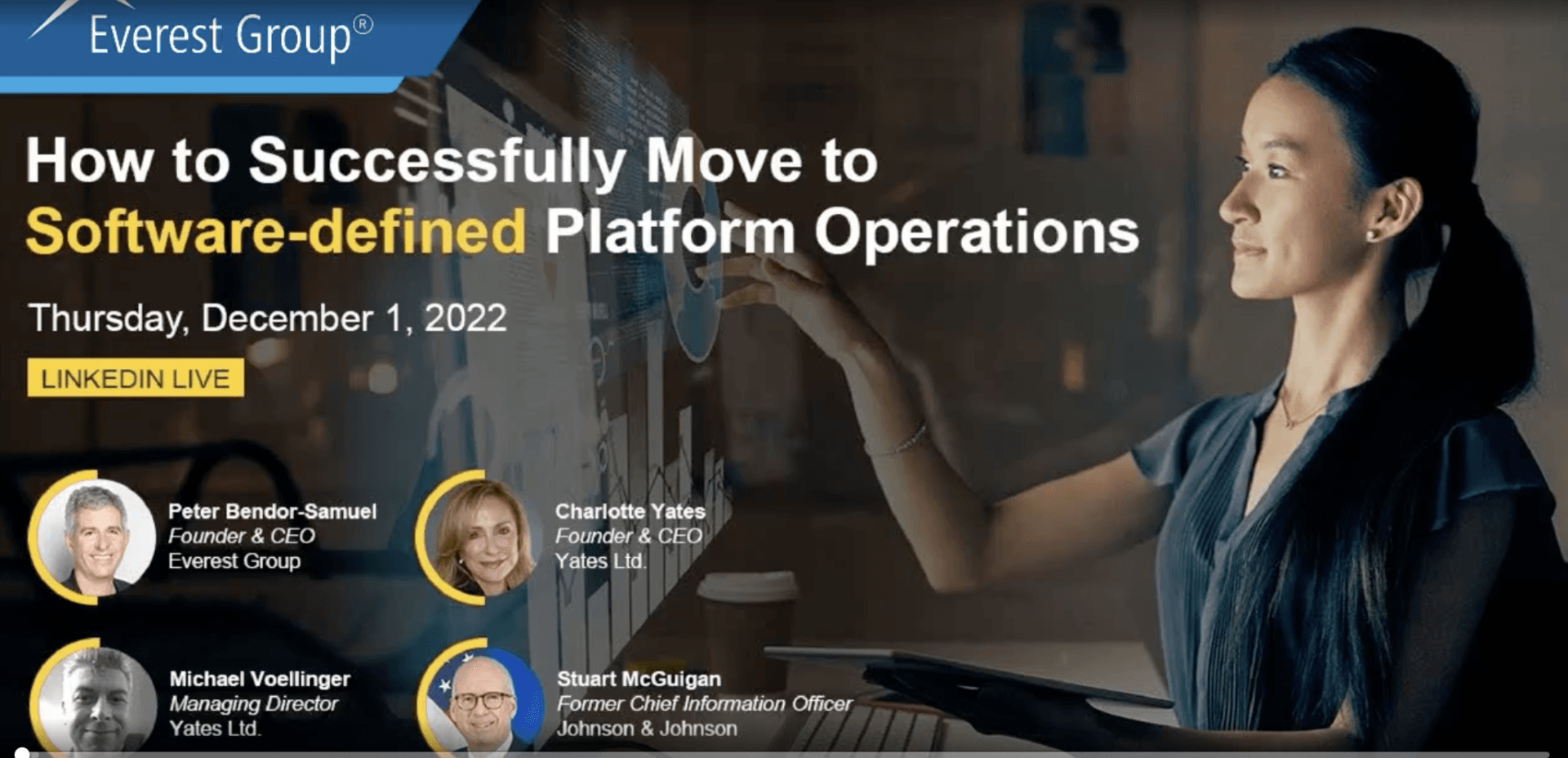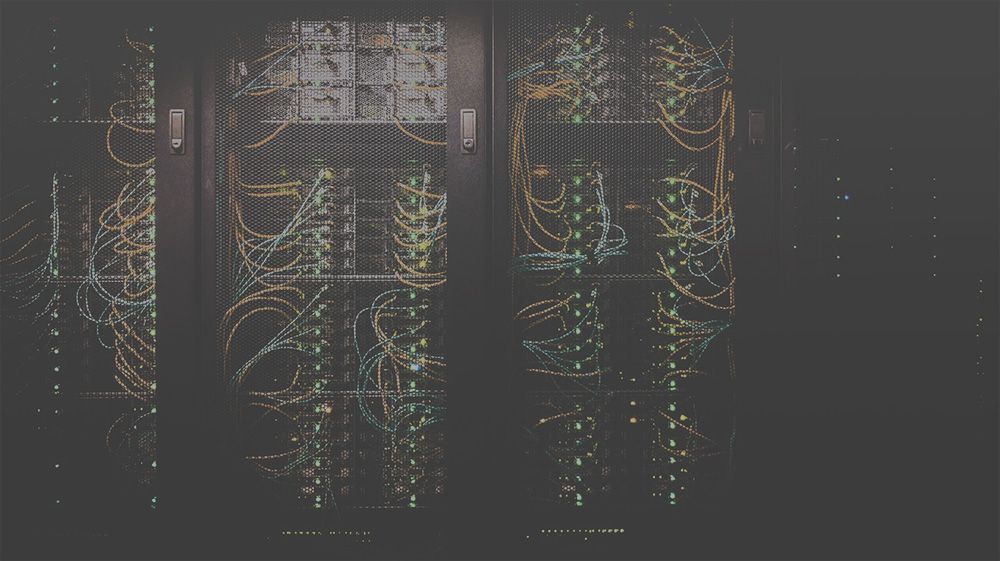Spark 2023 Recap Part 4: Making Sustainability Scale

Sustainability is one of the most challenging topics in enterprises today for a multitude of reasons. It’s wide-ranging: while carbon dioxide emissions and clean energy are at the top of the list, environmental, societal, and economic considerations are also factors. On top of that, it’s a challenge to quantify, to report on, and ultimately, to move the needle on sustainability goals while still achieving business goals. However, it’s in the interest of every business to build a world where disruptive “black swan” climate events are few and far between, and with public sentiment increasingly leaning toward sustainability, there are also brand benefits to walking the walk.
So, what does “move the needle” mean in the climate realm? It’s worth starting with what it doesn’t mean: carbon offset credits. Our participants agreed that offsets are not an effective way to address climate change; rather, they are a method of passing the buck on carbon emissions that fringes on greenwashing. The needle moves when companies change how they do business – when they power buildings with renewables, when they move to replace plastic waste with reusable or biodegradable products, and when they start including carbon emissions among their supplier selection criteria and broader global sourcing practices.
For IT, climate considerations are increasingly taking a front seat by necessity. As cloud and AI adoption continue growing, so will the environmental footprint of information and communication technologies. AI in particular has a sizeable negative impact, requiring not only a significant power draw but also massive amounts of water to cool the data centers in which AIs reside. At this crucial time when enterprises are looking for ways to cut down on their resource usage, they need to contend with the rise of a resource-hungry toolset that is poised to become indispensable across the business landscape.
Sustainability data suffers from issues with both quality and accessibility – but this presents an opportunity for tech leaders to step up in their organizations, own that data, and drive toward action.
With all these complications as well as the sheer size of the climate crisis, individual action won’t be enough. Our attendees noted that it’s vital for sustainability initiatives to be centralized and sponsored from the top down by leaders who can look across the entire organization, measure against goals and priorities, and design for sustainability. That brings us right back to the data topic. Sustainability data suffers from issues with both quality and accessibility – but this presents an opportunity for tech leaders to step up in their organizations, own that data, and drive toward action. With realistic commitments, strong metrics, and shorter time horizons, achieving sustainability can be approached as an agile, iterative process.
There is a human element to consider here as well. Climate change is a massive, thorny, global problem, and it can be overwhelming to get saddled with the responsibility for addressing it while still producing business value. Boiling down that global problem to a regional and then a local level – “think globally, act locally” for enterprises – makes it easier to get a handle on. At Spark, we heard about strategies for tying sustainability metrics to personal incentives; if you set goals for small wins and celebrate those wins while rewarding those responsible, it can add up to a major impact across the organization.
Read more takeaways from Spark 2023:
Part 1: The Generative Generation















